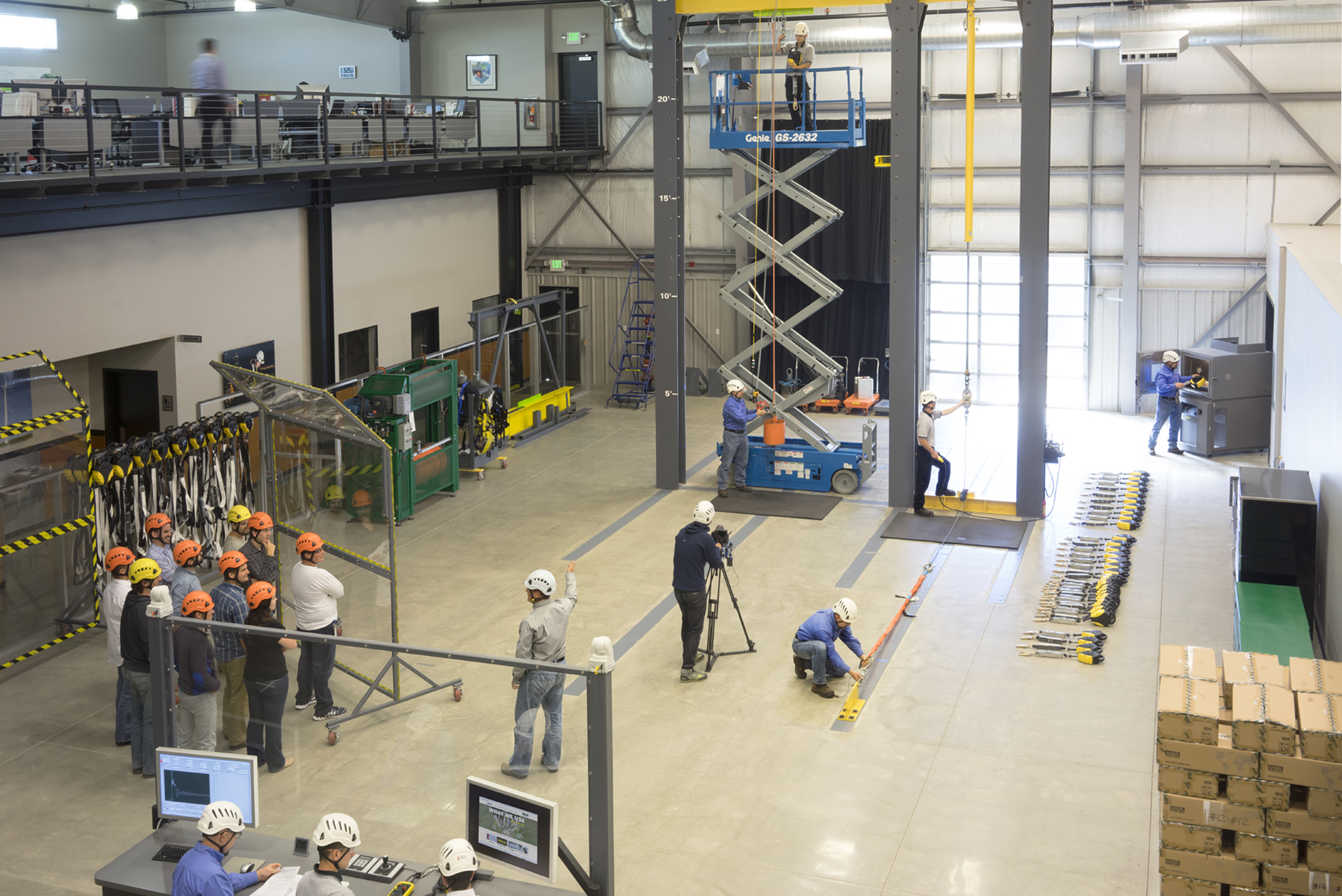Your cart is currently empty!
Six Features to Look for When Selecting a Safety Harness

Six Features to Look for When Selecting a Safety Harness
Six Features To Look For When Selecting A Safety Harness This article is posted with permission from Windpower Engineering & Development.
By Shane Morrison
The full-body harness is perhaps the most common piece of equipment in the fall protection industry. It is also possibly one of the most under-considered. A harness is a necessity for almost any worker in a fall arrest, fall restraint, or work positioning scenario, and yet, do we take time to consider whether or not our harness is the one best suited to our needs? Over the years, industrial fall-protection harnesses have evolved from a set of basic webbing straps sewn together to catch the human form, to a carefully designed, all-inclusive safety device that has made working at heights a safer endeavor. The availability of upgrades has grown significantly during this evolution, and nowadays users can pick and choose all aspects of a harness to befit their trade and work environment. So how does a person decipher the options and determine what harness is best for them? Ideally, it’s wise to consult an expert if you’re unsure as to which harness properly addresses your needs. In the event you need a quick reference guide, however, there are six features to consider: padding, quick-connect buckles, harness weight, webbing, integrated features, and safety accessories. Here’s what to look for in each: PADDING With the exception of work type and application, user comfort has become the main consideration when determining the best full-body harness.
In the past, harnesses were often rigid and uncomfortable, making wearing them bothersome. Today, however, most manufacturers have integrated padding that removes some of the discomfort caused by web straps into their most widely used harness models. Padding makes the harness more comfortable and adds a layer of protection in the event of a fall and during the post-fall suspension. In addition, padding enhances the harnesses’ ability to hold its shape (making it easier to don), and in some cases, padding can be removed and washed for convenience. QUICK-CONNECT BUCKLES Consider how accessible and adjustable the harness should be. Quick-connect buckles, which work similarly to a seatbelt clip, have provided a quick and easy alternative to the older style of pass-through buckle that was an industry standard for many years. Some models have gone as far as letting the user lock and unlock adjustment points, making adjustments less cumbersome, while at the same time providing a component that keeps the straps from loosening once they are set to an appropriate length. WEIGHT It’s important to identify the kind of climbing that will be done in the harness. The person donning a harness may be doing rigorous or prolonged climbing making the weight of the harness a factor in the user’s comfort and safety. To meet consumer demands, manufacturers have begun to use seats and padding that are lightweight and removable for when weight may be a higher priority than comfort.
Additionally, aluminum hardware can replace heavier steel parts to reduce the overall weight of the harness. WEBBING Webbing technology has evolved greatly. Depending on the end user’s trade or working environment, the characteristics of the webbing in a harness can make a difference. Modern harnesses offer options such as liquid-resistant webbing, paint-resistant coatings, and even heat-resistant webbing for welders and electricians. Some manufacturers take an ergonomic approach and developed stretchable webbing that provides greater freedom of movement and increases comfort. Whatever the demands of your work environment, there’s likely a webbing that suits your needs. INTEGRATED FEATURES Maybe the most overwhelming aspect of shopping for a harness is the wide variety of integrated features. Options range from generic upgrades that are popular across-the-board, to highly specialized features for particular industries. For instance, spring-loaded dorsal D-rings are frequently selected because they stay upright making them easier to reach than other designs. In the event of a fall, the D-rings allow for better alignment with the hardware connected to them. Another sought-after option for a harness is suspension-relief straps or suspension-trauma straps. These reduce pressure on the body from the harness after a fall and while awaiting rescue, ultimately diminishing the effects of suspension trauma on the user.
Other additions, such as anti-scratch padding for work inside wind turbines and inflatable life vests for working offshore, might be deemed unnecessary by most workers but are extremely advantageous in certain industries. SAFETY ACCESSORIES A better product usually has a higher cost associated with it. When safety is concerned, it’s worth the investment. For example, upgrading to something as simple as an impact indicator on the dorsal D-ring of a harness is a worthwhile expenditure because it can alert a user as to whether a harness is safe to use or not. It’s important to note that an impact indicator does not replace the required inspection, but it can be a warning that the harness may have taken a fall and should be removed from service. Tell-tale indicators are much more reliable than relying on incident reporting and can prevent a user from donning a potentially damaged harness.
CONCLUSION With advancements in fall-protection features and increased awareness of the need to preserve the safety of those who work at height, a myriad of innovative options for harnesses are now available, making it possible for any user to essentially customize a harness to suit their needs. But remember, it’s extremely important that anyone who is unsure about choosing the correct harness consult an expert. With so many options, it’s easy to overlook key components or go overboard with features. Feedback from someone who has extensive knowledge of fall protection equipment can assure that you’re getting exactly the features you need in a harness.